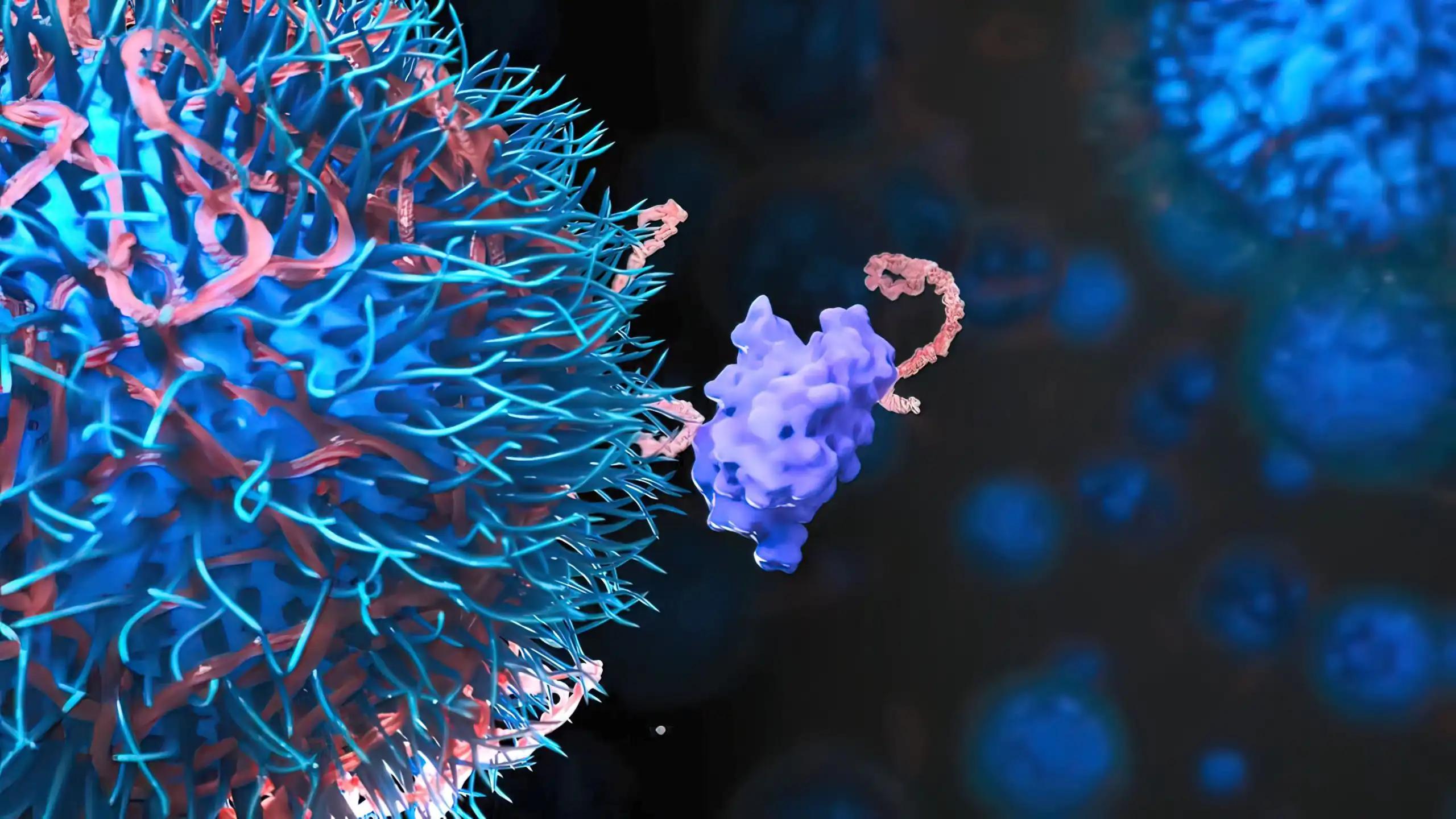KEY TAKEAWAYS
- The phase 2 BOLT trial analyzed primary and secondary resistance rates to sonidegib for laBCC.
- The primary endpoint of the study was ORR per central review.
- Sonidegib showed very low rates of primary resistance in the BOLT trial and no reports of secondary resistance in the pivotal HHI trials.
The double-blind, phase 2 trial randomized patients (pts) with histologically confirmed locally advanced basal cell carcinoma (laBCC) or metastatic BCC to sonidegib 200:800 mg once daily. The study’s primary endpoint was the objective response rate (ORR) per central review. The modified Response Evaluation Criteria in Solid Tumors (mRECIST) was used to evaluate patients with laBCC. An analysis based on RECIST-like criteria was conducted to assess the ORR.
Out of the 230 pts enrolled in the study, 66 with laBCC were randomly assigned to receive sonidegib 200 mg. The ORR was found to be 60.6% (n=40) per RECIST-like central review. At the end of 42 months, 14 (21.2%) patients achieved complete response (CR), while 26 (39.4%) patients achieved partial response (PR). It was observed that clinical benefit, which included both response and stable disease, was achieved in 90.6% (n=66) of the patients.
At the 42-month mark, 15% of the 40 responders progressed during therapy, resulting in secondary resistant patients. Of these patients, 3 were PR, and 3 were CR. The event-free probability estimates for response duration were 90.8%, 69.2%, and 50.4% at 6, 12, and 24 months, respectively.
BOLT study showed secondary resistance is uncommon for sonidegib treatment. Only 15% experienced progression, and the primary resistance rate was 1.5%. Most patients didn’t develop resistance, with 8.3 out of 10 unaffected. There were misconceptions about high resistance rates during treatment. This research showed that sonidegib has enduring efficacy as a first-line treatment, with few resistance issues in long-term patients.
Source: https://eado2023.com/wp-content/uploads/2023/04/Abstract-Band_EADO2023_Stand-21-04-2023-kl.pdf
Clinical Trial: https://classic.clinicaltrials.gov/ct2/show/NCT01327053
Professor Eva Muñoz Couselo1,2, Prof Carola Berking3, Professor Jean François Baurain4,5, Serena Martelli6, Ramon Arntz6, Professor Paola Savoia7 1 Vall d’Hebron Hospital Universitari, Barcelona, Spain / 2 Vall d’Hebron Institute of Oncology, Barcelona, Spain / 3 Uniklinikum Erlangen, Friedrich-Alexander University Erlangen-Nuremberg, Erlangen, Germany / 4 Institut Roi Albert II, Cliniques Universitaires Saint-Luc, Brussels, Belgium / 5 Institute for Experimental and Clinical Research, Université catholique de Louvain, Brussels, Belgium / 6 Sun Pharmaceutical Industries B.V., Hoofdorp, Netherlands / 7 Department of Health Sciences, University of Eastern Piedmont, Novara, Italy



